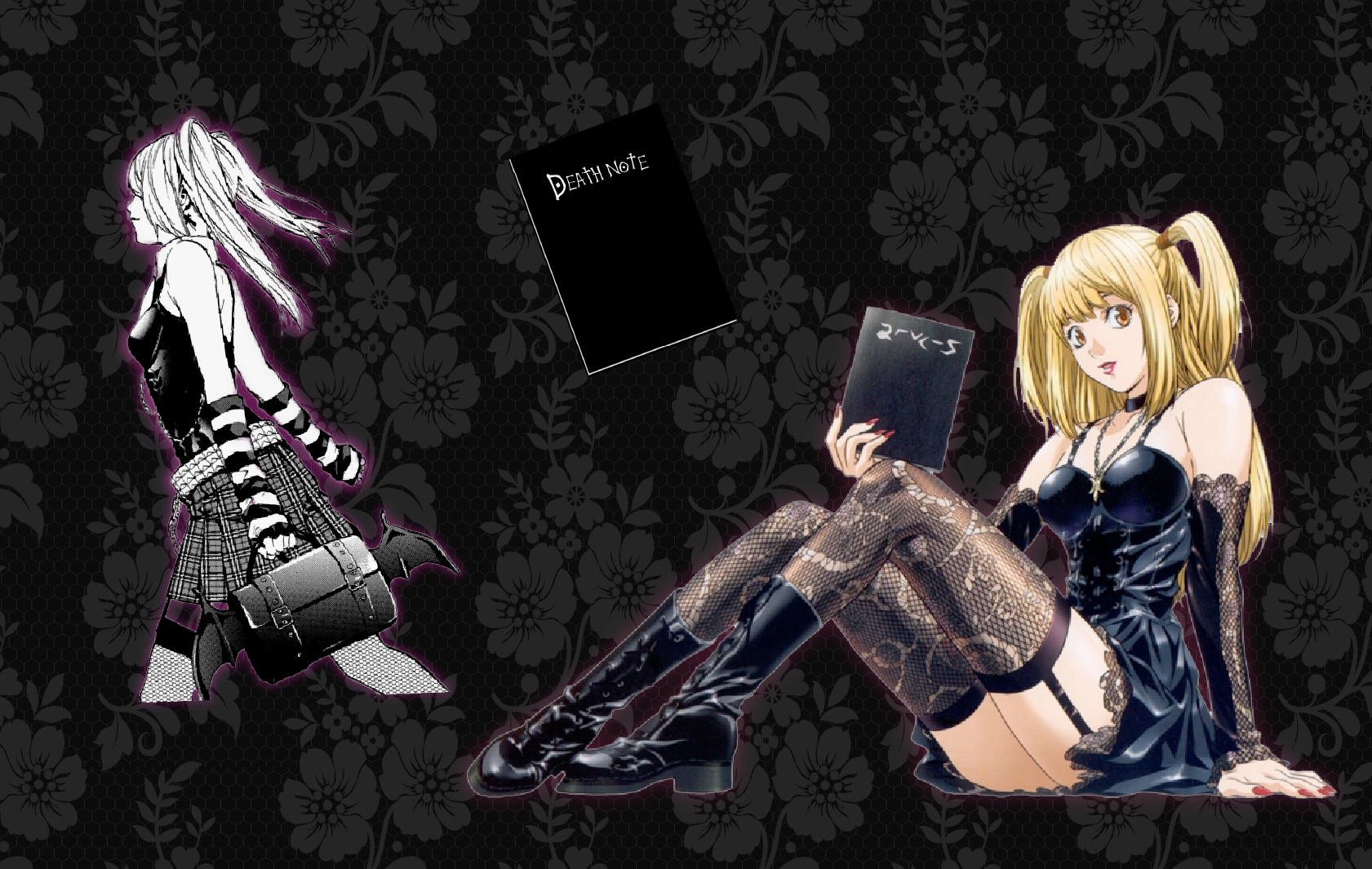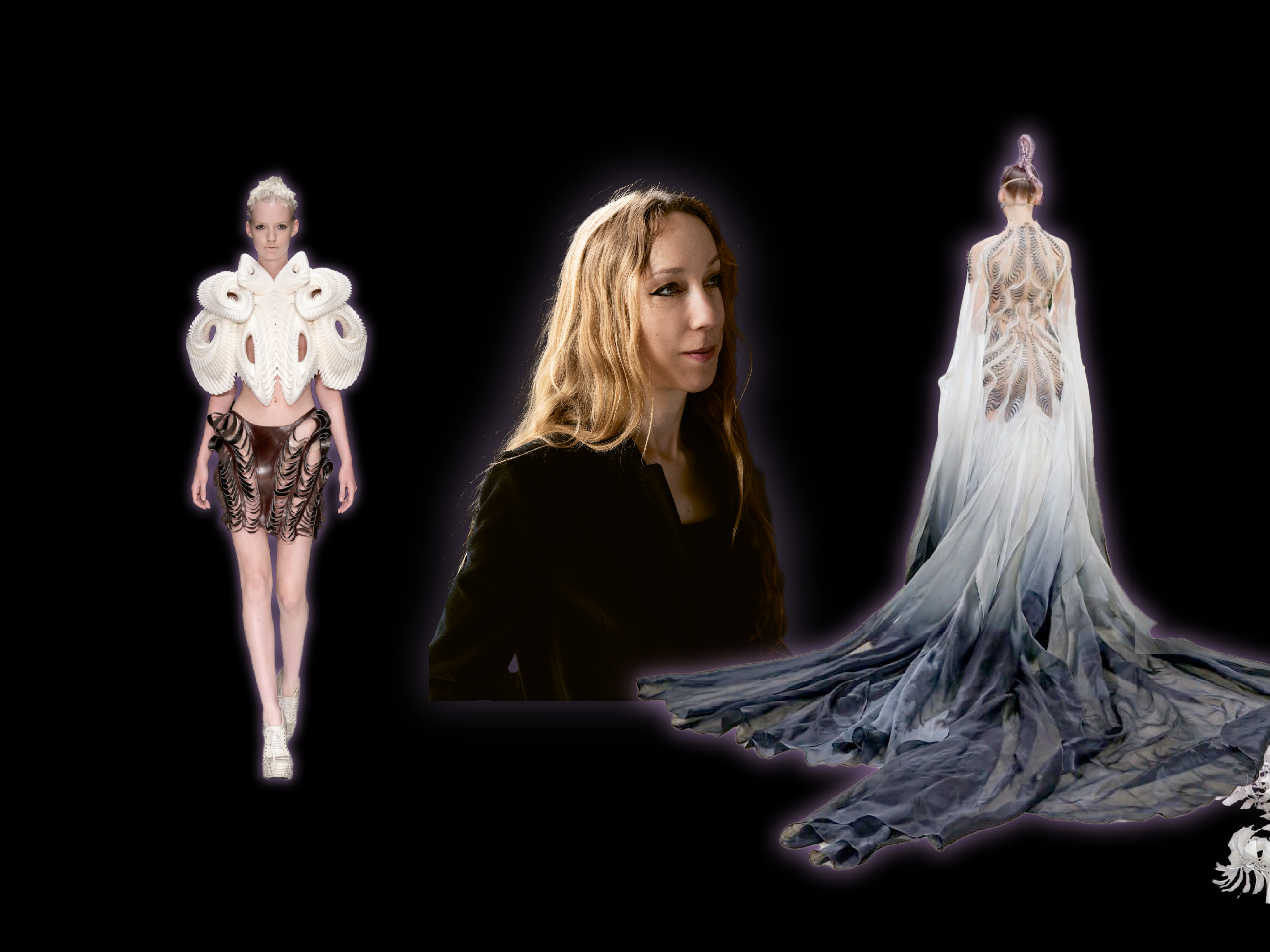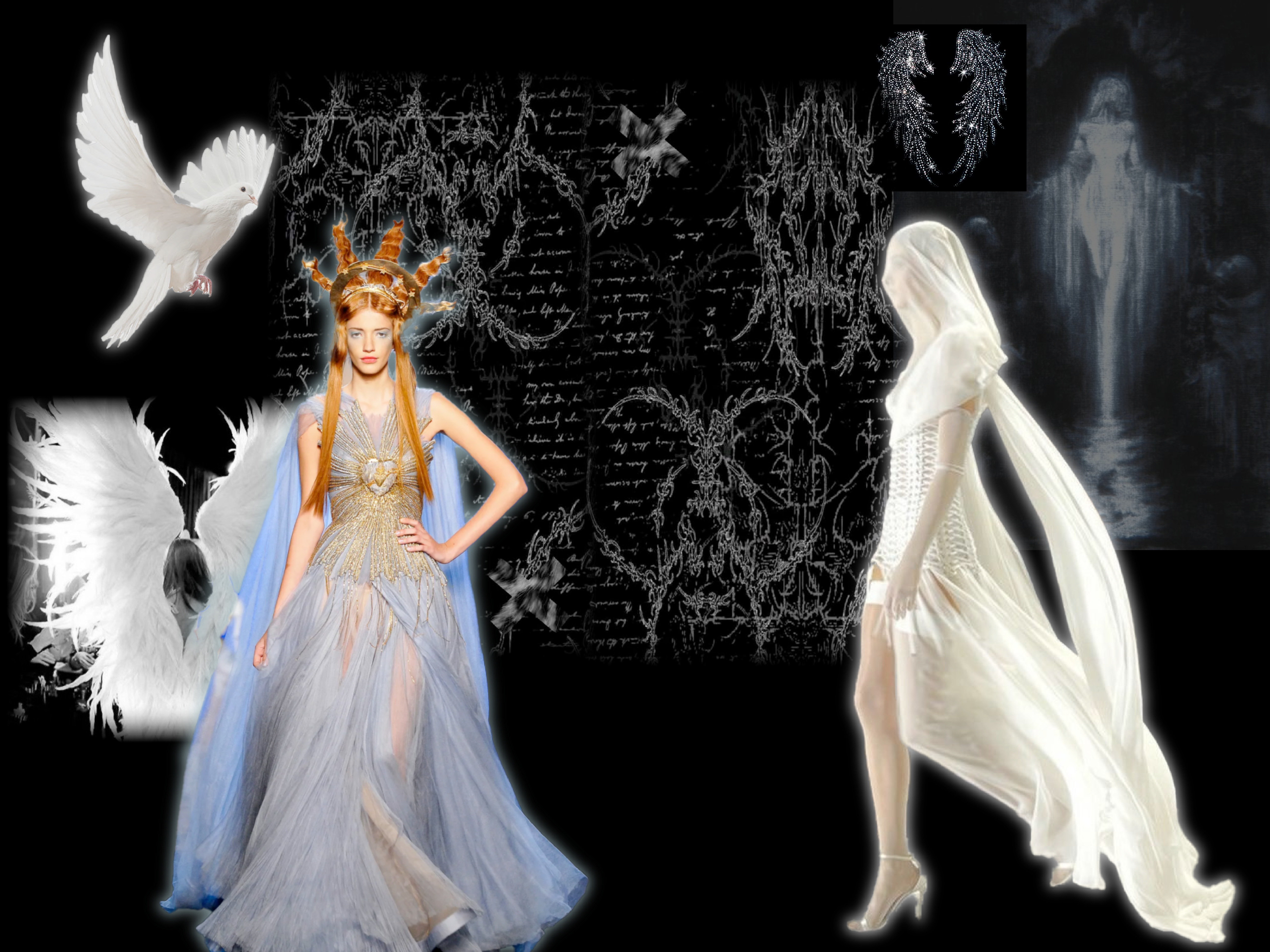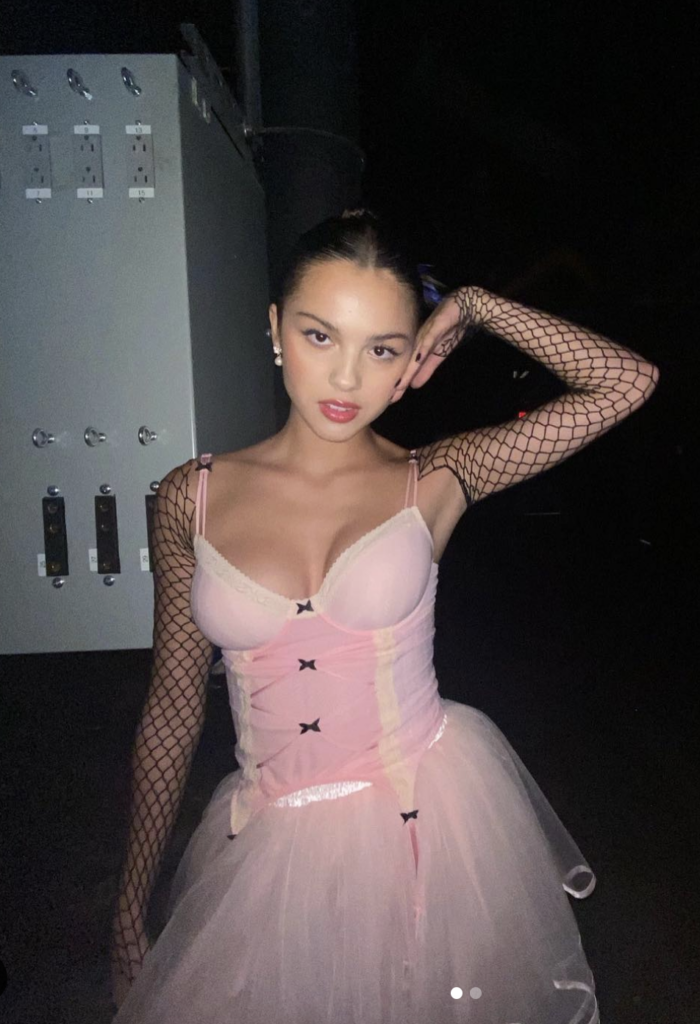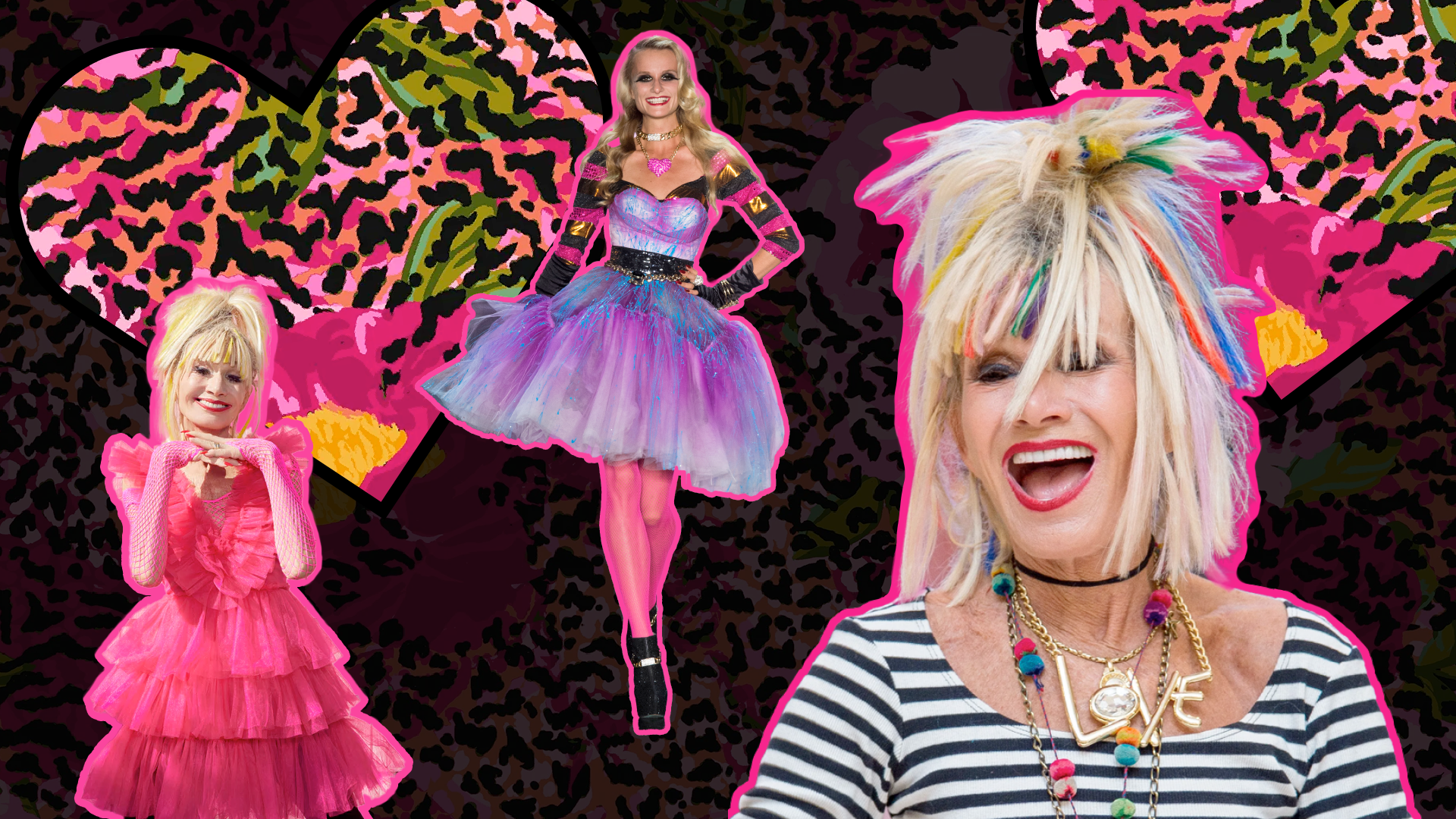
Pretty + Punk: Betsey Johnson
We’re in the mood for fun + funky clothes right now, and nobody captures the playful girly spirit with an edge quite like Betsey Johnson.
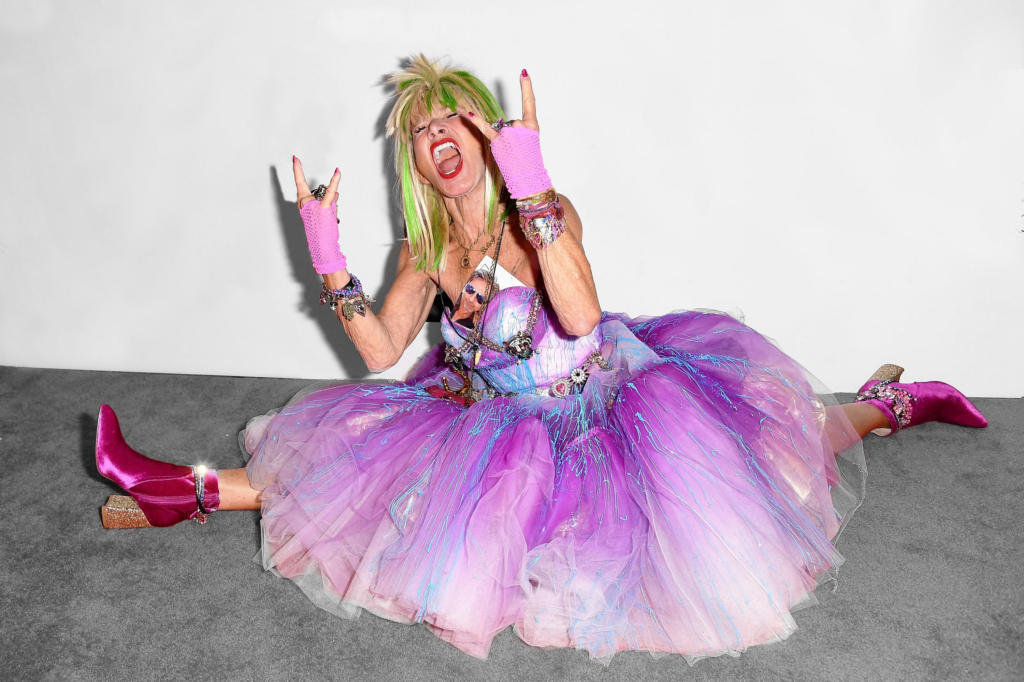
She didn’t originally set out to become a fashion designer – in college she was primarily focused interested in art, but she ended up taking fabric design classes to supplement her interest in illustration with more practical skills, and her career followed. She didn’t love the classes: “our assignments were always the same: Create repeat patterns. … Repeat, repeat, repeat, over and over again. I could not stand it” [1] , but the skills that she developed in that class (and especially her specialization in florals) ended up being a core part of her future designs.

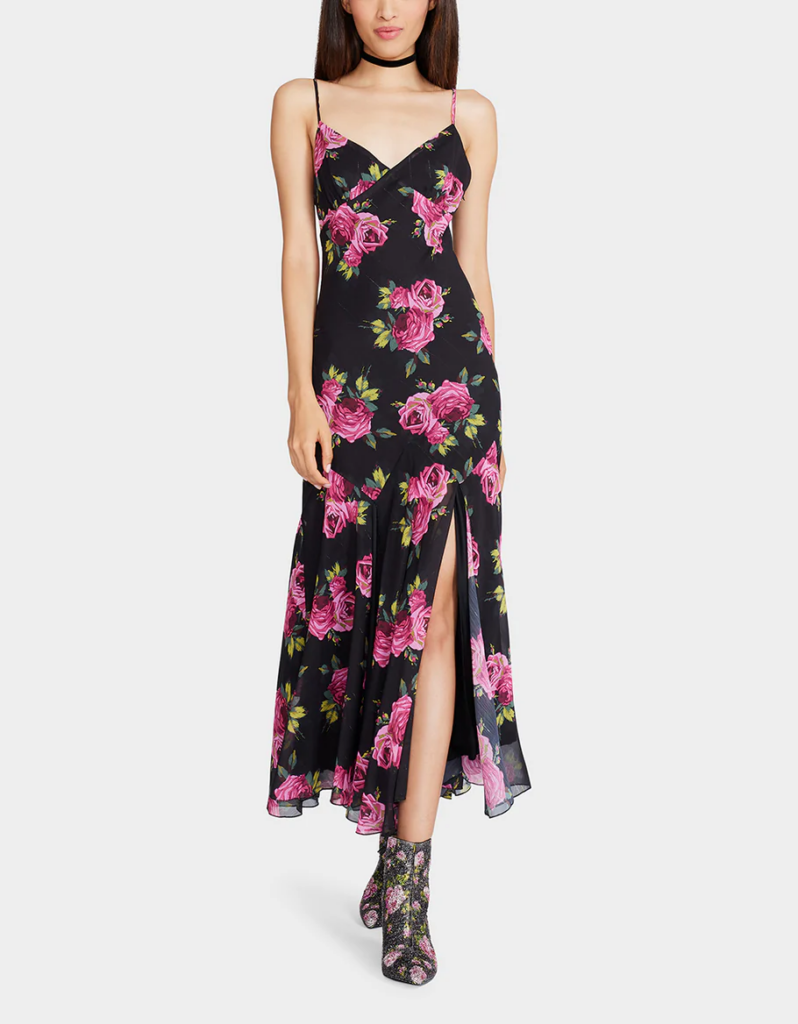

Modern Betsey Johnson designs, showcasing her use of repeated patterns. From betseyjohnson.com
Growing up she loved the magazine “Mademoiselle“, described in her memoir as “the fashion magazine with a brain” (pg 39), and in her senior year of college in 1963 she entered a contest for girls to be guest editors. Spoiler alert: she won, and was placed in the textile department.
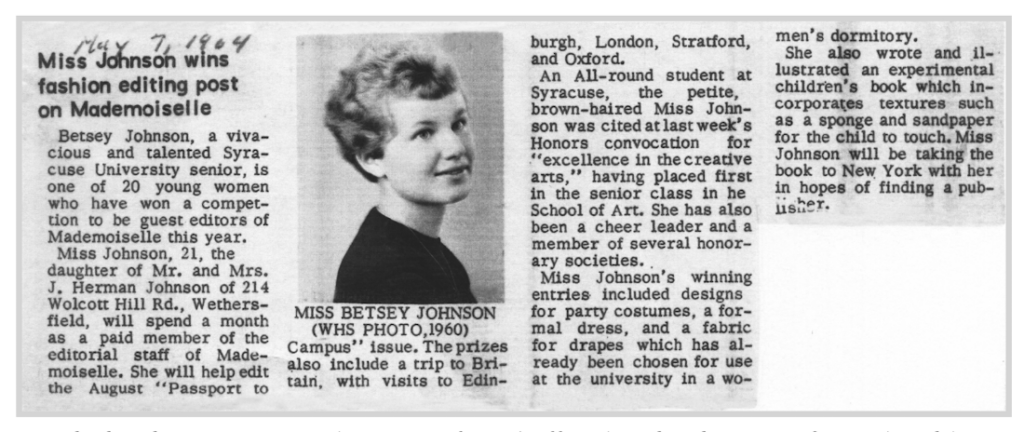
In the course of her time working in the magazine she started making and selling clothes for her coworkers, and soon she was invited to start selling her designs in the store “Paraphernalia”. Paraphernalia was a spot popular with the cool kids of NYC of the time, and led to her befriending the Velvet Underground and Andy Warhol.
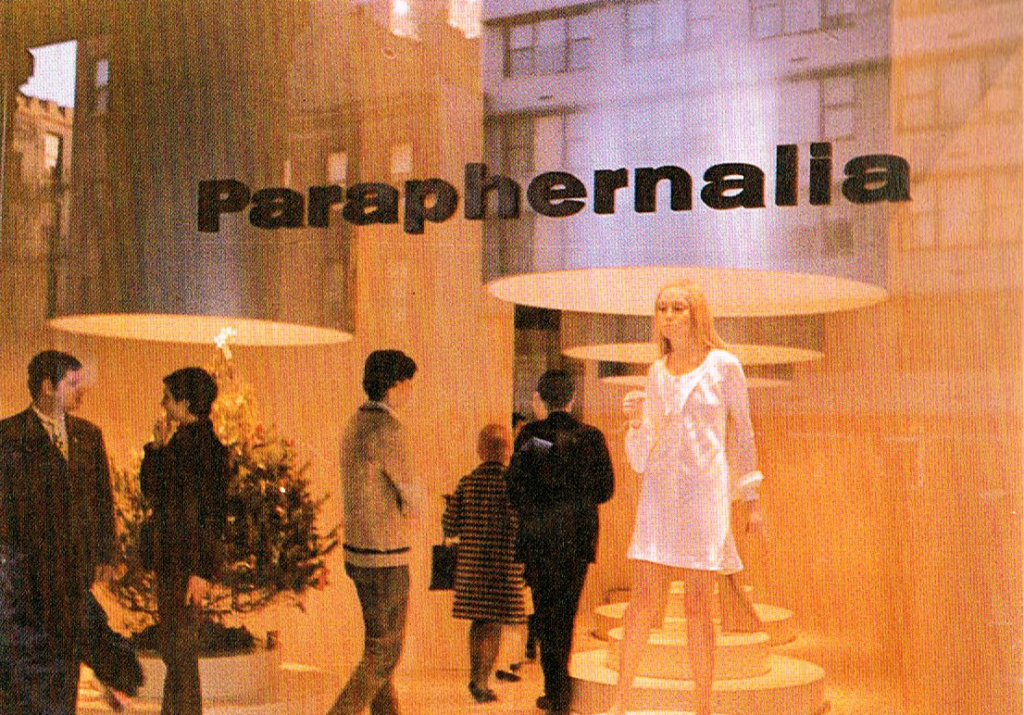

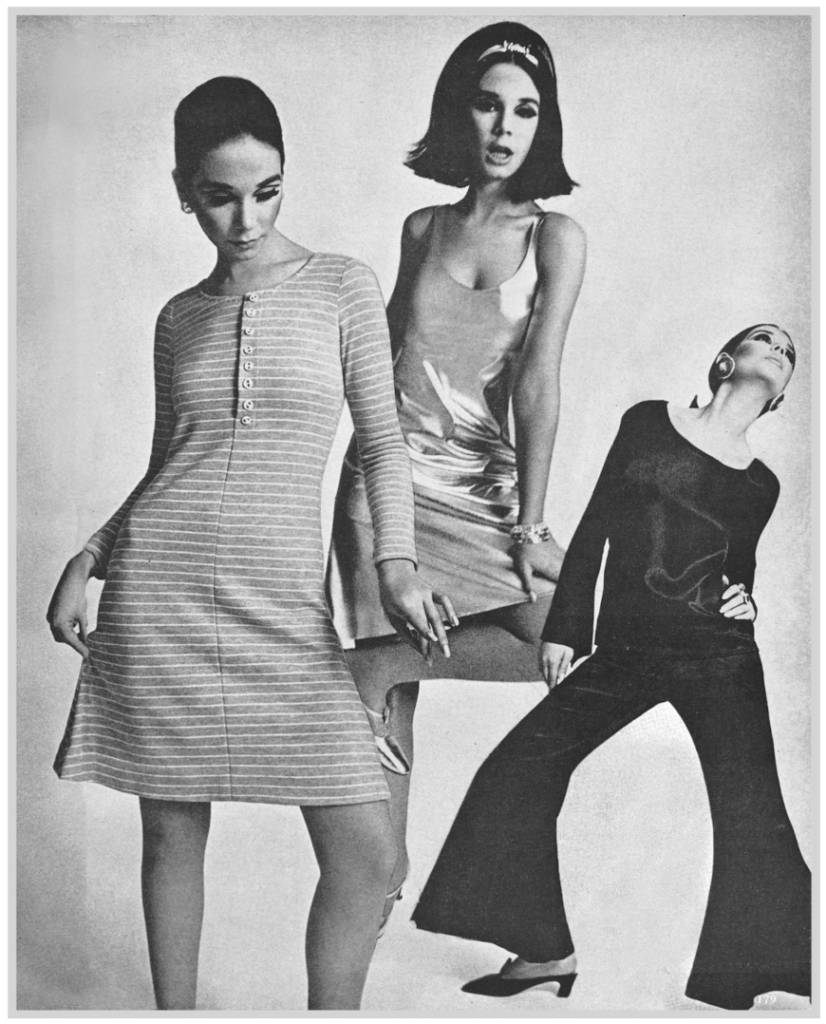
By the end of the 60s she had married and and divorced Velvet Underground member John Cale and was sensing the end of Paraphernalia and Andy Warhol’s “Youthquake” movement. “By the late sixties it was passé, even in New York.”[1]
She left Paraphernalia to open her first boutique in 1969 with 2 Paraphernalia coworkers, and called it “Betsey Bunky Nini”. She later needed extra money to support herself, and started designing for the juniors’ label “Alley Cat” throughout the 70s.
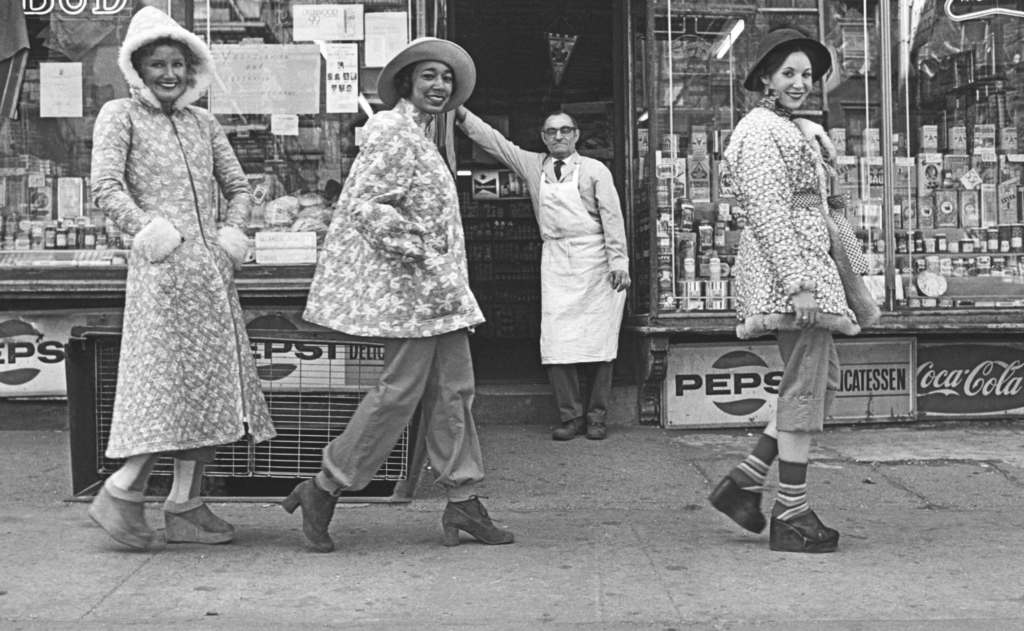
At Alley Cat, her style started to evolve:
“I began to surround myself with familiar objects that I liked to look at and draw. I would sketch everything I saw if it struck a chord. If I was sitting on a cutesy chair I would draw it. If I bought an Art Deco teapot at the Chelsea flea market, I’d sketch that, or dolls, or flowers, and on and on. I turned into a real human sketching machine. In doing so I was developing a whole new work process. The objects I was sketching played into the little storybook life that was always going on in my head and would eventually end up in my designs. For example, the Deco teapot became a motif on an unusual quilted maxi coat.” [1]
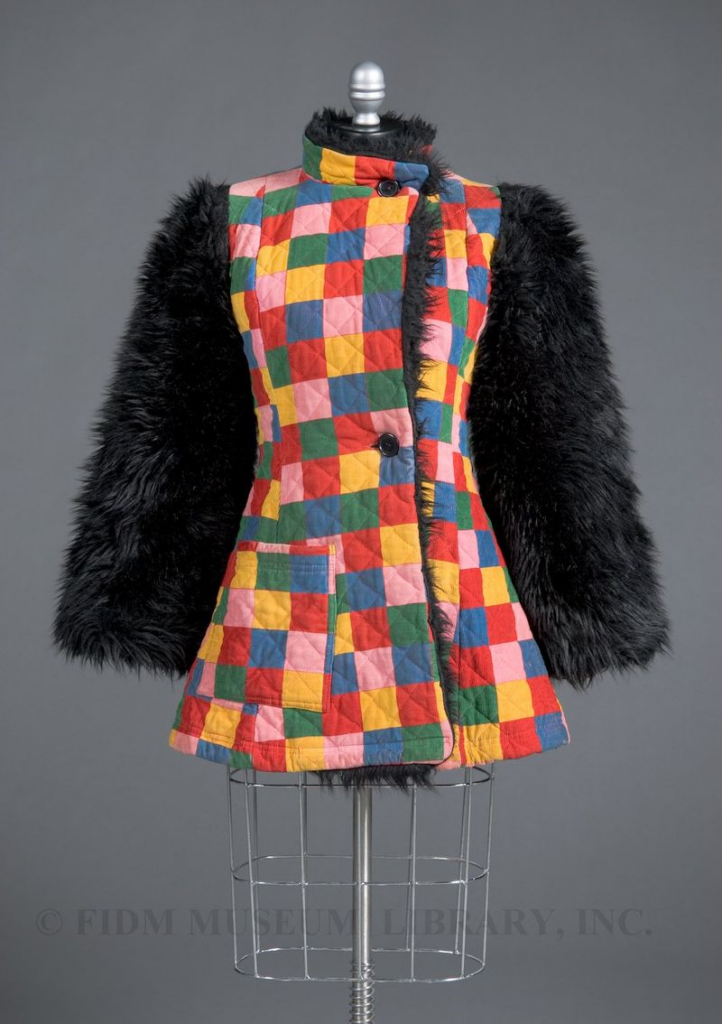
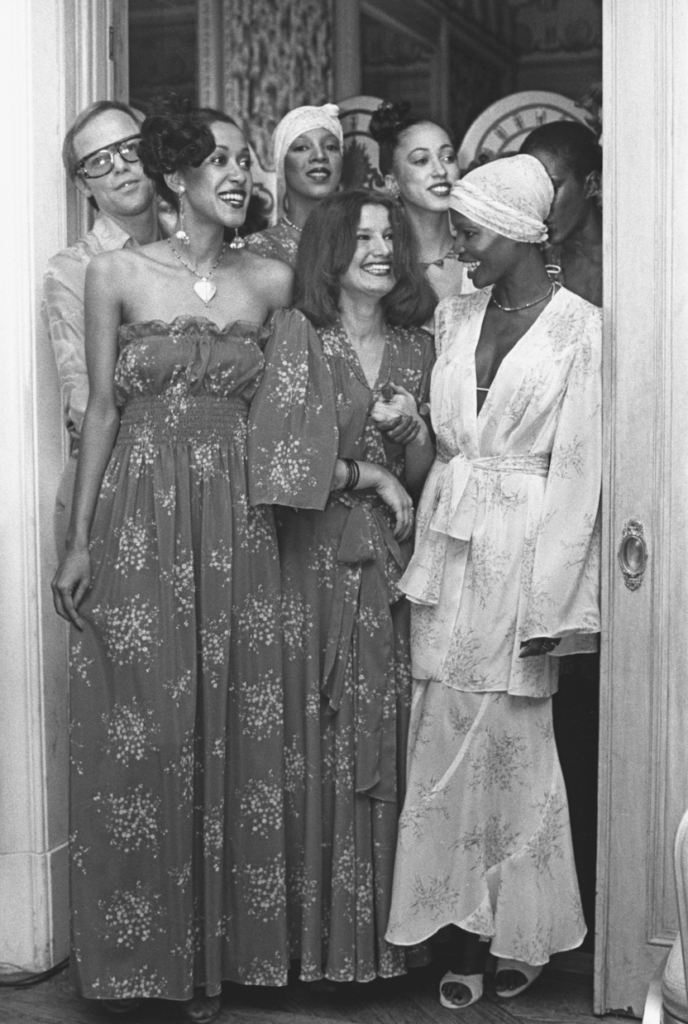
She had a successful run with Alley Cat, but toward the end of her time there the styles were once again changing and she wasn’t excited about the direction it was heading. She bought herself out of her contract and had a baby in 1974, and proceeded to freelance for a few years before starting her namesake label in 1977 and opening her first storefront in 1978.[2]
Her brand really took off through the 80s and 90s, with her dresses and bold prints especially coveted by teen and 20-something girls.


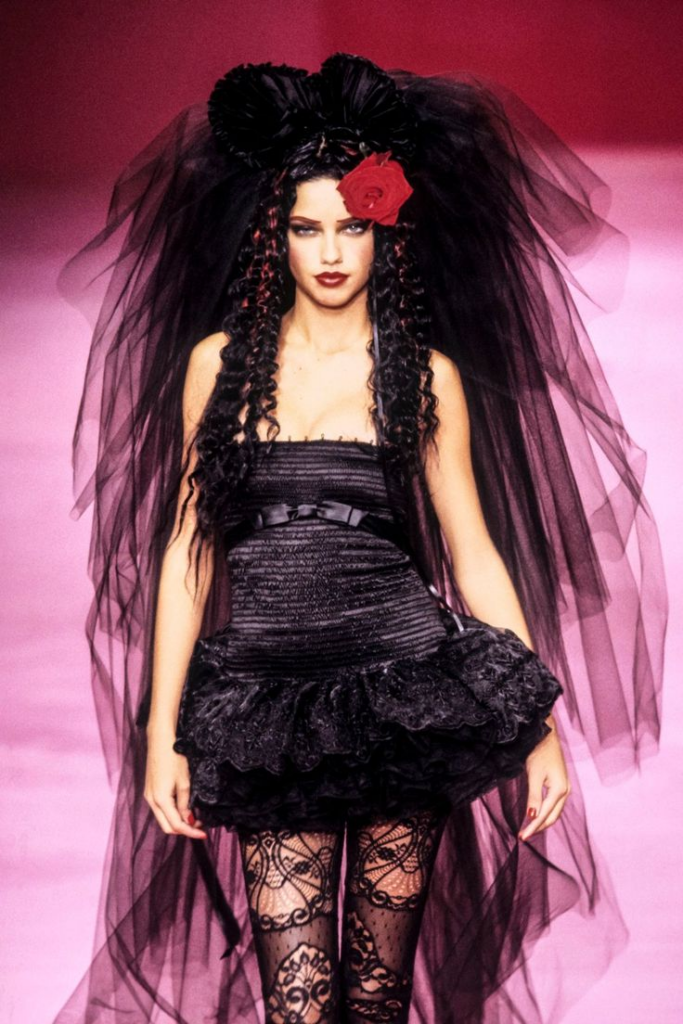

Her brand identity is very bold, with lots of bright colors, bold prints, and playful silhouettes. You can clearly see the fabric + textile design history in her work, as she uses repeating patterns throughout her designs. The brand primarily uses shades of pink (especially hot pink), black, red, light blues, and light purples, amongst the occasional others, and the primary motifs are leopard and flower print.
The description I’ve seen “where pretty meets punk” is the one that stands out to me best – her style is very punk DIY with a lot of prom mixed in.


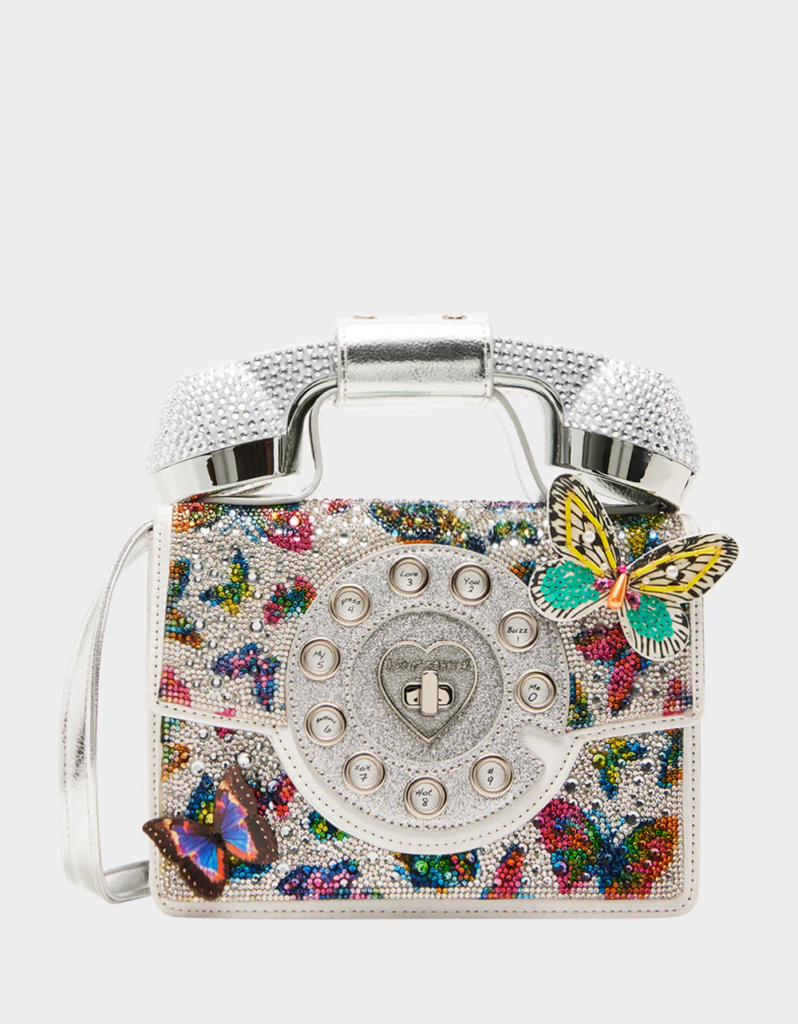
The company’s had some financial ups and downs over the last almost 40 years and was acquired by Steve Madden in 2010, but still remains an iconic fashion staple and is being revived by celebrities like Olivia Rodrigo wearing her looks.
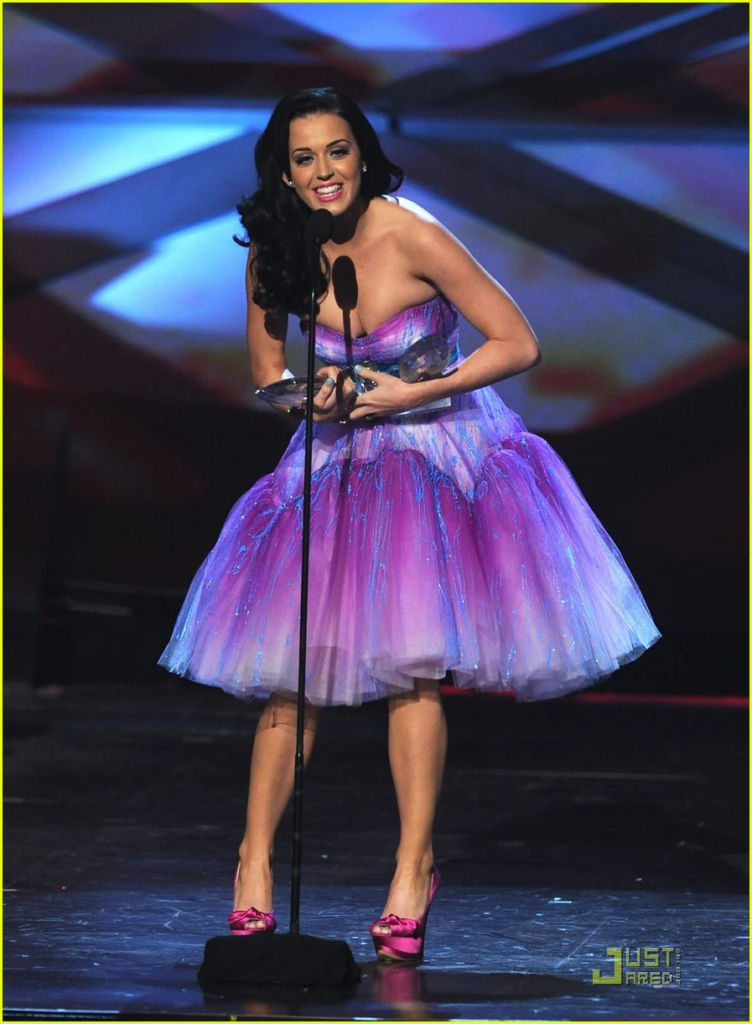
We’ve been loving her memoir, check it out and check out all the cool stuff on the Betsey Johnson site!
Sources:
[1] Johnson, Betsey; Vitulano, Mark. Betsey: A Memoir. Penguin Publishing Group. Kindle Edition.
[2] Syme, Rachel. “How Betsey Johnson Built a Fashion Empire and Lost Her Name.” The New Yorker, May 20, 2020, https://www.newyorker.com/culture/on-and-off-the-avenue/how-betsey-johnson-built-a-fashion-empire-and-lost-her-name.

